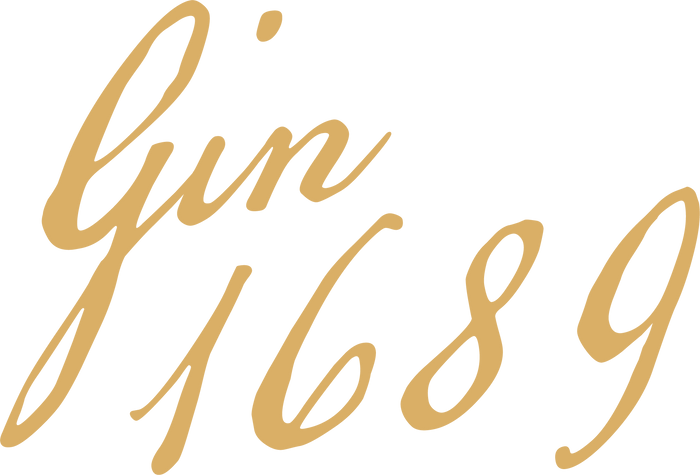
A little known fact, the first vending machine was specifically created to serve gin - sounds amazing right? But in the case, they weren't dotted around festivals or popping up in the trendy areas- it has a much darker history: the Puss and Mew.
To understand the lead up to the drunken years of the 18th Century, you can read the Birth of Gin here (link to article). Alcoholic drinks dominated the British shores at the time, with a majority of water sources not being safe to consume, especially in the cities, alcohol became the drink of choice for most. Although it predominantly affected the poorer communities, alcohol consumption was a universal phenomenon with even children drinking alcohol instead of water.
However, due to this rise in drinking, many members of society and parliament began to become concerned with the popularity. It was argued that gin drinking encourages criminal behaviour, laziness and destroying the lives of the working classes.
The Sale of Spirits Act 1750, or commonly known as the Gin Act 1751, was introduced by the parliament to reduce consumption and distillery of spirits by prohibiting selling to unlicensed traders, restricting retail licenses and charging high taxation to sellers. The government would also pay whistleblowers who reported the illegal sales of gin, who would then pocket the fine that the merchant would have paid. Lots of propaganda was printed around this time to sway public perception of gin drinking, see the blog on the famous Beer Street and Gin Lane here (link to other article).
Despite government intervention, many people found the Gin Act to be unjust and only reprimanded working-class distilleries whilst the men with capital could benefit from this being able to afford the licenses. A man known by the name of Captain Dudley Bradstreet came up with an enterprising solution to continue selling gin: the Puss and Mew which was also donned the Bradstreet's Cat. This was coined after his surname combined with Cat's being common symbols associated with drinking due to wooden plaques commonly being outside of bars where gin was mostly served, which formed a dark cat silhouette.
Bradstreet had fallen on hard times but had discovered a loop-hole within the Gin Act. He concluded that police didn't have the authority to enter the building, instead, they had to rely on informers who notified them of gin sellers.
After persuading a friend to rent a house, they mounted a cat on the outside of the wall with a secret code. A person would walk up to the statue and ask "Puss, do you have any gin?" The statue would meow and a small draw would open for the drinking to insert coins for the gin. The draw would close and gin would flow out of a pipe in the cat's paw. Although this sounds like some incredible, futuristic mechanics, it was in fact Bradstreet behind the cat operating it from within the house.
The name, Puss and Mew, came from 'Puss' referring to the cat symbols and code, and Mew, being a word for a secret hideaway.
This was a genius contraption because of the manipulation of the law. He was hidden inside the house so a gin drinker could not report Bradstreet to the police due to his anonymity and the police had no authority to enter the house due to the Gin Act loop-hole. Furthermore, Bradstreet's friend who rented the house was a lawyer, so when official members enquired about the occupier, the lawyer friend claimed they weren't able to reveal the identity due to an ongoing court case.
Without question, this became a huge success and a profitable one for Bradstreet, with wanna-be gin drinks filling up the street. Although Bradstreet was the first with this ambitious initiative, others quickly figured this out and similar business models popped up all over London. Because the government still couldn't get a monopoly on the selling of gin despite the Gin Act, they relieved some of the law to make it slightly easier to get a license to sell gin.
You may be thinking the Puss and Mew has very little similarities with the modern vending machine, but it is worth noting it was revolutionary and a first of its time with modern vending machines having influences from the Puss and Mew. An inventive way of retailing.
Bradstreet eventually gave up the enterprise as it was no longer profitable for him. Unfortunately, the original location no longer exists due to Blue Anchor Alley being destroyed in the 1960s to make room for modern housing. However, there is a replica Puss and Mew in London that can be viewed on certain gin tours, but no matter what you say to it, you no longer will be served gin.




